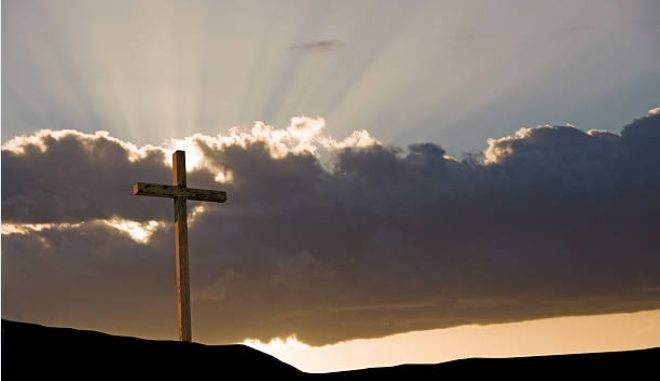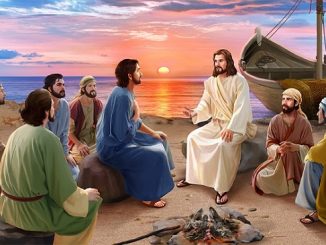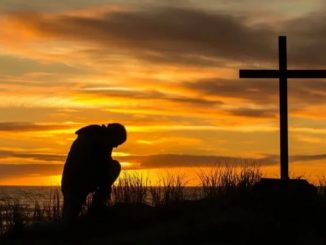
By Seyi Gesinde
Holy Saturday, also known as Black Saturday, holds a significant place in the Christian calendar, marking the solemn period between Good Friday and Easter Sunday. This day, steeped in tradition and reflection, invites believers to contemplate the depths of Jesus’ sacrifice and the hope of his resurrection.
Scriptural significance: The Holy Saturday is traditionally regarded as a day of waiting and reflection on Jesus’ death and anticipated resurrection. The accounts were written in the following scriptures: Matthew 27:57-66, Mark 15:42-47, Luke 23:50-56, and John 19:38-42, which describe the burial of Jesus. Additionally, 1 Peter 3:18-20 and Ephesians 4:8-10 are sometimes cited about Jesus’ descent into the lower part of the earth.
Activities: Specifically for Holy Saturday, it is typically observed with reflection, prayer, and preparation for Easter Sunday. Believers may engage in meditative practices, attend church services, or participate in traditions that emphasise solemnity and anticipation.
ALSO READ: Good Friday: Jesus Christ’s ultimate sacrifice, triumph of love
Lessons from Jesus’ example: Holy Saturday teaches patience, trust, and faith in God’s plan, even in times of despair and uncertainty. It invites contemplation on the depth of Jesus’ sacrifice and the hope of his resurrection.
Ephesians 4:8-10 revealing Jesus’ descent into the lower part of the earth, is often understood as Him proclaiming victory over sin and death, liberating the souls of the righteous who had died before his resurrection, and fulfilling prophecies about the Messiah’s victory over evil and the powers of darkness.
In essence, Holy Saturday serves as a bridge between the despair of Good Friday and the joy of Easter Sunday. It reminds believers of the profound significance of Jesus’ journey, from his crucifixion to his triumphant resurrection, and calls them to trust in the promise of redemption and salvation.




